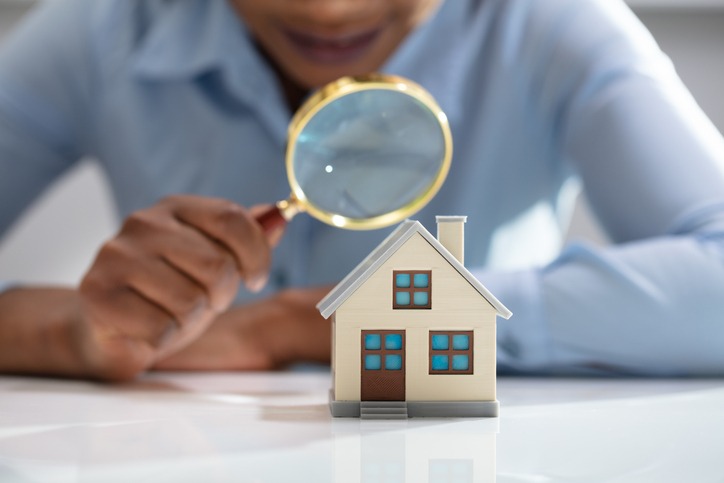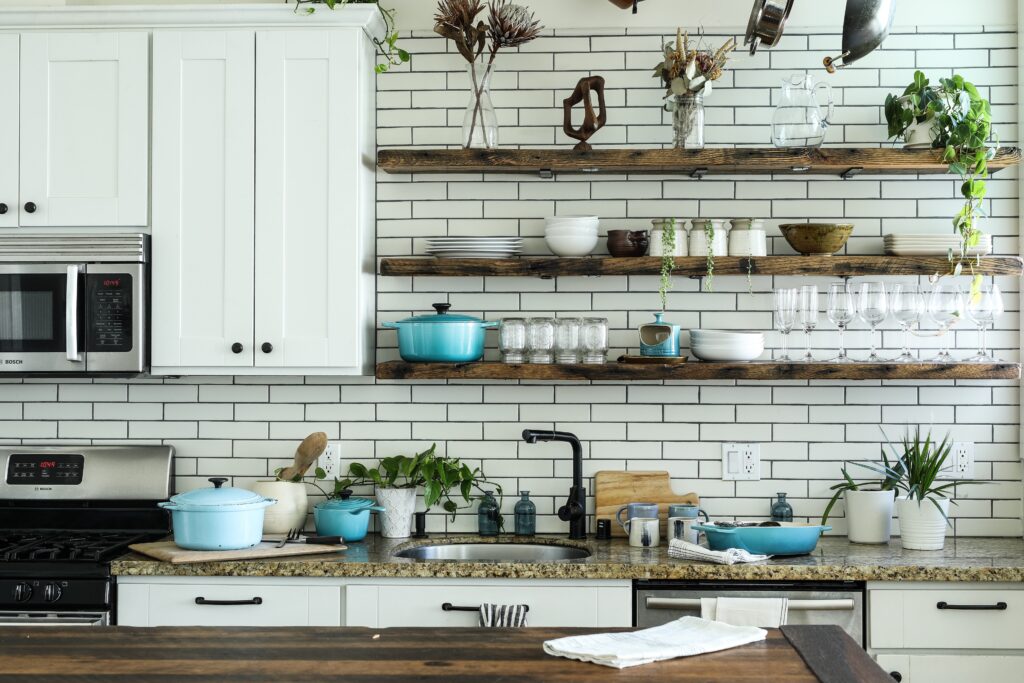The housing market is hyper-competitive! As such, some buyers waive their right to a home inspection to get their offer accepted, which is wrong. A house inspection is crucial in ensuring the house you purchase is safe, structurally sound, and wouldn’t require a ton of work immediately after you move in.
While a home inspection cost a few hundred dollars, it is advisable to have it done. In most cases, a budget between $280 and $400 will be sufficient for a house inspection in the US. But what should a thorough standard house inspection include?
What’s Included in a Home Inspection?
There are different types of home inspections, and what’s included in each home inspection varies based on the type of home inspection. The type of home inspection you get should depend on the area where the house you want to buy is located. But generally, a standard home inspection is a good idea.
Apart from the standard home inspection, several specialized inspectors, such as radon, mold, and asbestos, inspect your home for a particular item or item. Below are what’s included in a standard home inspection.
Structural Integrity and Construction
One of the first things the inspector will look into is the structural integrity and construction of the house. Structural integrity involves inspecting the ground around the house and the foundation. The inspector checks to see what foundation is used and if there are signs of deterioration like sagging, cracks, bowing, etc.
HVAC Equipment
You can also expect the home inspector to review the HVAC system in a standard home inspection. This inspection is essential to ensure everything is functioning properly and safely. The inspector in charge of the home inspection will check for wear and tears in your HVAC and inform you of anything that may potentially need repair, modification, or replacement.
Plumbing and Electricity
A standard home inspection also includes a plumbing and electrical inspection. As such, it is advisable to hire a specialist for this operation to ensure that everything is right before you move in. The inspector will check everything related to the plumbing system, such as testing the water source and temperature, checking for rust, and so on. During the inspection, the inspector will also test the electrical system for faulty wiring and potential fire hazard and ensure everything follows the state code.
Ventilation and Drainage
When you want to purchase a home, regardless of whether you have an HVAC system installed, the house must be designed to encourage cross ventilation. If the house is not well-ventilated, the inspector will give you a quote of what needs to be modified to encourage better ventilation. As for the drainage, the inspector checks if there is any fault in the drainage line.
Kitchen and Bathroom
An inspector carrying out a standard home inspection will also check the kitchen and bathroom condition. This home area requires thorough pre-purchase inspection as they hold the most plumbing and electrical services, making them the most likely to develop a fault.
In a standard home inspection, the inspector will check the countertop, flooring, water faucet, drains, and wiring, ensure the wires are well earthen, and so on.
Things To Check In Your New Kitchen Before Moving In
1. Plan out where everything goes
Moving into your new house can be exhausting and overwhelming with everything to consider for a home inspection. However, this is not the time to miss every detail, as checking up on every checklist can harm your moving journey. One vital reminder before moving in is to check your new kitchen thoroughly. Look at the kitchen and divide it into working areas. Think about where you store your utensils, whether you have enough space in your cabinets, or whether to hang trivets. Assign storage tasks to drawers and plan your closet. Stick a post-it anywhere you like! So, everyone in the household knows where the unpacking kitchen boxes will go.
2. Measure your cabinets and dividers
While your closet is still empty, take the opportunity to measure the internal space of your shelf and drawer organizers. The cabinet next to your dishwasher needs a wire shelf to fit all your stuff, such as plates and bowls. Also, check your kitchen wares sizes to better plan the design for additional stock areas. Further, let the home inspection staff check the electric outlets in the kitchen to trace which needs repair or maintenance.
3. Plan your renovations
The kitchen is one of the busiest parts of any home. If you like your kitchen to have a more personal touch of your preferences, renovating is your best option. If you know you want to paint your kitchen, it’s a good idea before settle into your new kitchen’s new cooking gloves. Painting your kitchen can be time-consuming, but it offers satisfaction once the result is observed, making a big difference in moving into a new place as you will feel more of an attachment to the design you tailored.
4. Check for flooring repairs
Replacing cabinets risks damaging existing flooring, especially hardwood. Additionally, a complete kitchen remodels involving a layout change almost always requires replacing the flooring or refinishing the existing hardwood to accommodate the new layout and space. When remodeling cabinets, the kitchen layout usually stays the same, so replacing the floor is unnecessary before remodeling the cabinets. A kitchen needs an all-around investment as dangers are possible in the four corners of this area. Before moving in, check your kitchen floor. Be observant of any damage on tiles, as this may pose a bigger problem in the future.
Exterior Features
The weather directly impacts every home, hence the importance of an exterior feature inspection. Fortunately, you don’t have to pay extra for this inspection as it is included in a standardized home inspection. This inspection includes checking the wall covering material to the exterior doors and windows, walkways, stairways, driveways, decks, balconies, grounds, and so on. The inspector checks the condition of the different aspects of the exterior features to ensure they are in perfect condition and those that require modification.
Other Elements
A standard home inspection is not limited to the inspections we have highlighted so far. Some inspectors take things a step ahead by inspecting any other element that may affect the property’s value. This inspection included in this section of a standard home inspection varies depending on the home inspection company. And in most cases, you don’t have to pay extra to get this inspection on your home. This inspection can be anything from attic inspection to basement, foundation, etc.
Conclusion
Home inspection costs vary for several factors, such as the property’s location, age, and size. For example, a big property’s inspection costs are higher than that of a small condo. Also, the inspection cost for older homes is usually on the high side because the wiring and plumbing may require a more thorough check to ensure everything is up to the required standard. In addition, other factors, such as how far the inspector has to travel to get there and how unusual the home is, can affect the inspection cost.



